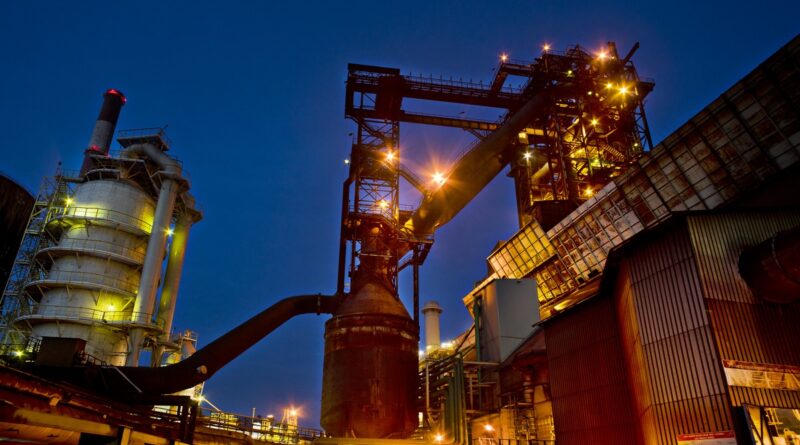Steelmaker AMSA: Comeback from existential crisis to record profits
In 2020, ArcelorMittal SA’s sustainability had being questioned by its most important stakeholders who wondered if the country’s only upstream steelmaker was about to be dealt another significant blow. The South Africa steelmaker’s share had fallen to 9c, with market valuing the business at only R100-million, and the debt of R3.6-billion was on the rise.
This month, however, share has rallied by an impressive 626% over the past year and 22% over the past month and still rising. The strong share price is likely to continue as investors are expecting final year results — to be released in the second week of February — to reflect the same positive momentum evident in the interim results that were released in September.
In September 2021, the company reported earnings before interest, tax and other accounting treatments of R3.2-billion, its strongest half-year ebitda in a decade. Free cash flow went from a negative R306-million a year previously, to a positive R985-million. And borrowings were reduced to R2.7-billion.
The results were supported by a fast resurgence in demand from the mining, automotive, manufacturing, construction and energy segments; they were also buoyed by a significant rise in global steel prices. Average international dollar steel prices increased by 79% in the period, while AMSA realised a 42% increase in rand steel prices. At the same time, the company managed to keep cost increases in its raw materials basket (largely iron ore, coking coal and scrap metal) down to 2%.
Since the initiation of the business transformation process (BTP), R3.6-billion worth of costs have been removed by AMSA, with a billion coming in the past year — largely through retrenchments and the mothballing of Saldanha Steel.
AMSA is a high-cost producer which has limited control over its input costs. Its fixed costs — salaries and operating costs — account for just 26% of its input costs and are the only costs over which it has some control. The balance — raw materials (43%) and consumables and auxiliaries, including electricity, (31%) — is outside its control. South Africa’s steelmakers still have to compete globally with competitors who, in most cases, produce at a larger scale and benefit from relatively cheaper power and logistics costs.
Global steel prices, however, began declining in the last part of 2021 as global growth started to normalise.




